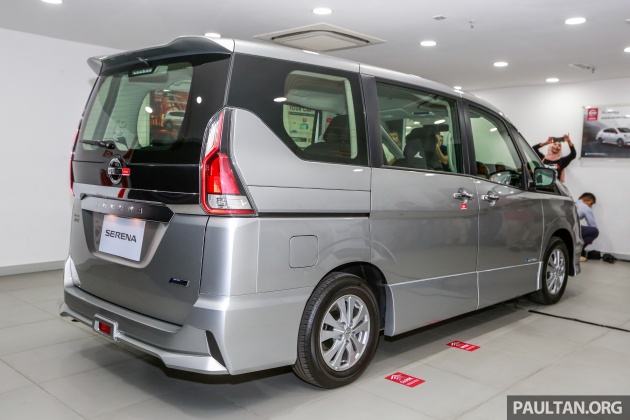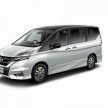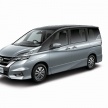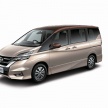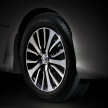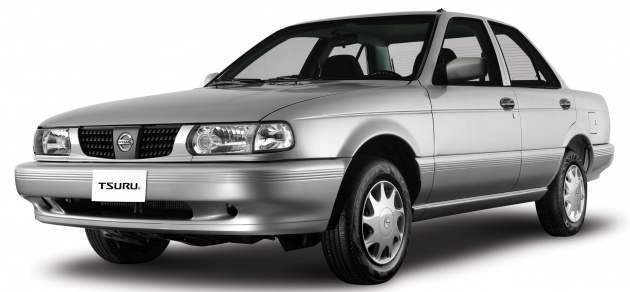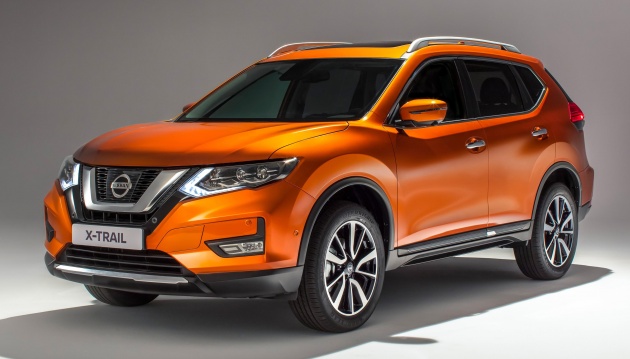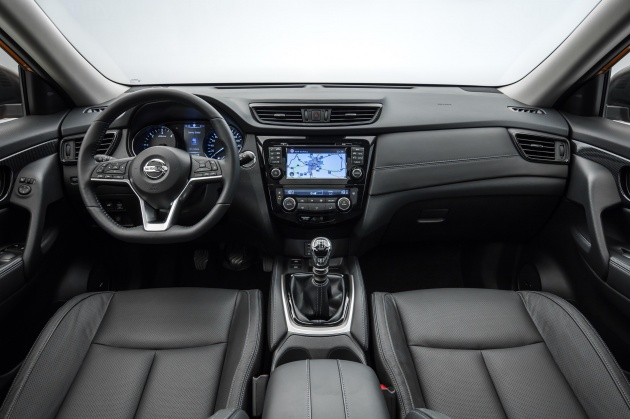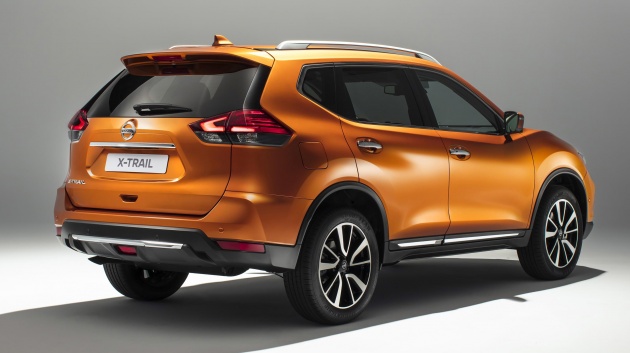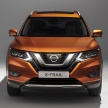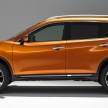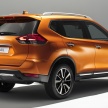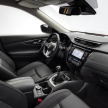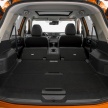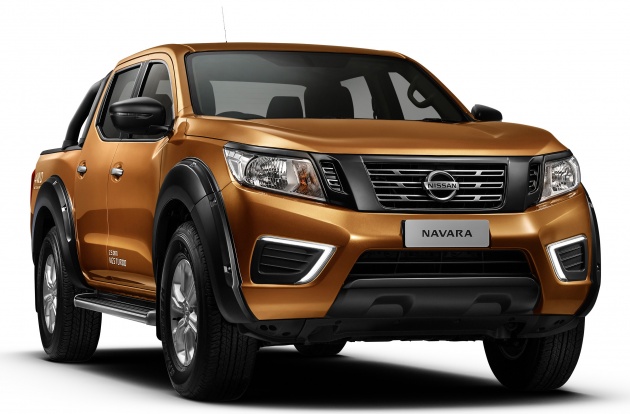2018 Nissan Serena S-Hybrid full specs – Highway Star and Premium Highway Star, from under RM140k est
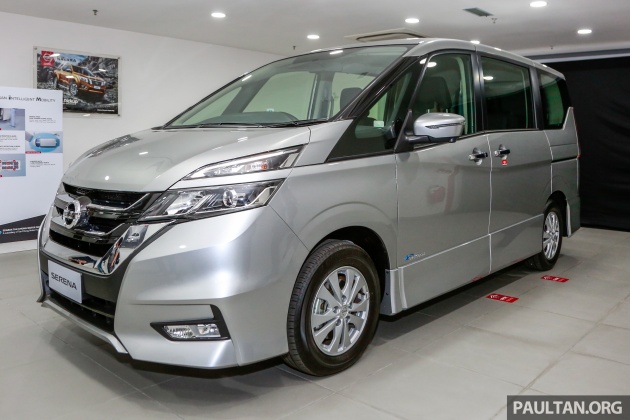 |
| Add caption |
Edaran Tan Chong Motor (ETCM) has released full details of the new Nissan Serena S-Hybrid, which is already open for booking ahead of an expected May launch. The seven-seater MPV will be available in Highway Star and Premium Highway Star variants, expected to be priced under RM140,000 and under RM155,000 respectively.
The MR20DD 2.0 litre direct-injected four-cylinder petrol engine can again be found under the bonnet, now making slightly more power at 150 PS at 6,000 rpm and 200 Nm at 4,400 rpm. It’s fitted with a new dual-arm tensioner to reduce tension on the arm belt and improve fuel efficiency, and is mated to an Xtronic CVT.
Working alongside it is a 2.6 PS/48 Nm ECO electric motor that replaces the starter motor, controls the Idling Stop System and and energy regeneration. The motor also offers acceleration assistance to the MPV in the form of torque assist, providing a 50 Nm boost for up to one second when moving away from a standstill. As for fuel consumption, Nissan claims the Serena is good for 14.2 kilometres per litre on the European NEDC cycle.
On the outside, the Serena features a more distinctive design compared to its predecessor, with dual-tier headlights, a more expressive V-motion grille and a character line that sweeps downwards, contrasted by the upswept window line. Vertical tail lights feature as before, while blacked-out A- and D-pillars provide a floating roof that is emphasised by the Premium Highway Star’s two-tone colour scheme.
The interior is more modern with a stitched soft-touch dashboard, a flat-bottomed steering wheel and a floating centre console. The larger digital instrument cluster features a seven-inch multi-info display that shows the rev counter and the around view monitor with Intelligent Moving Object Detection (i-MOD).
Unlike the previous eight-seater Serena, the new model has seven seats with second-row captain’s chairs with armrests. This means that the outgoing model’s second-row centre seat, which could be folded and slid forwards to double as a storage console in front, is missing here.
On the plus side, the first- and second-row seats feature Zero Gravity technology for improved comfort, and there are also seven USB ports all around the car – including two each for the second and third rows. Access is improved though a new hands-free opening function for the twin power-sliding doors, operated using a kicking motion under the doors. A split-opening tailgate provides easier access to the boot in tight spaces.
Standard kit includes LED headlights, front and rear fog lights, 15-inch alloy wheels, keyless entry, push-button start, single-zone auto climate control, with rear air-con controls and a Clarion head unit with a 6.75-inch touchscreen and Apple CarPlay and Android Auto compatibility.
The Premium Highway Star variant adds 16-inch alloys, door visors, combination leather upholstery in either black or two-tone Truffle Brown and Chestnut, a 10.1-inch roof-mounted LCD rear display, a Tech-On tray mat on the second-row picnic table for holding tablets or other devices, an LED interior room light, V-Kool 4Mil security film tinting and Three-Bond Ultra Glass body coating.
Safety-wise, all models now come with six airbags, joining the ABS with EBD and brake assist and stability control that was already offered previously.
The new Serena will be offered in Brilliant White, Tungsten Silver, Diamond Black and Cashmere Gold colours. The Premium Highway Star adds three two-tone exterior colour schemes, including Cashmere Gold with an Imperial Umber roof as well as Tungsten Silver and Brilliant White with a Diamond Black roof. A five-year, unlimited-mileage warranty and a three-year/60,000 free service package is included.
GALLERY: 2018 Nissan Serena S-Hybrid Premium Highway Star

